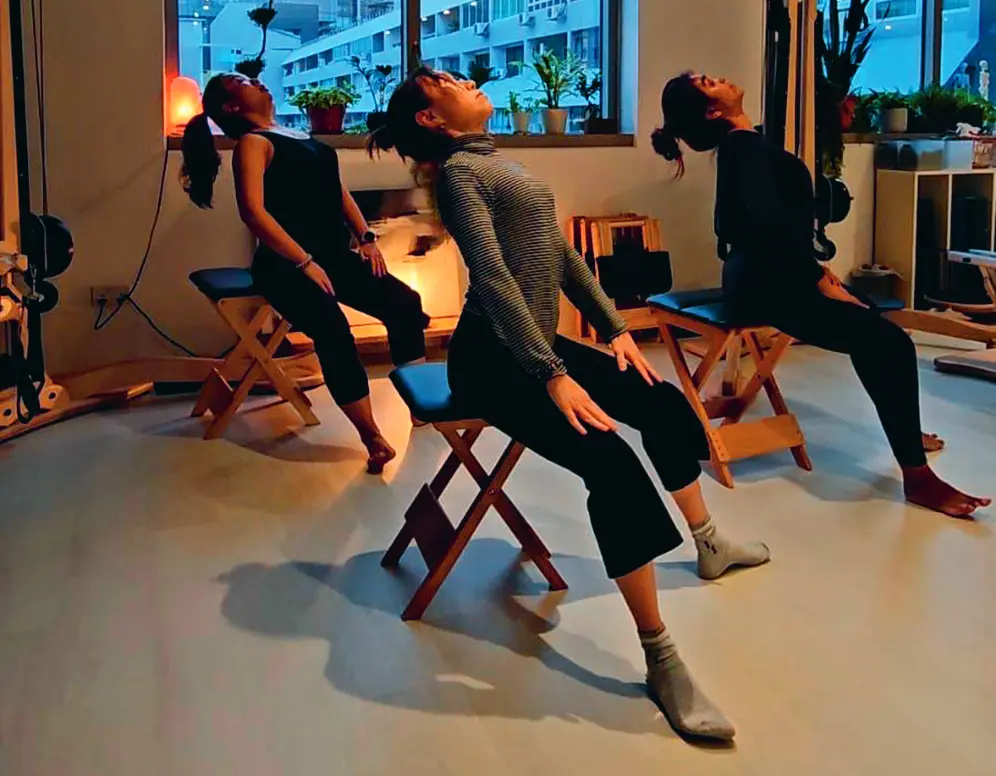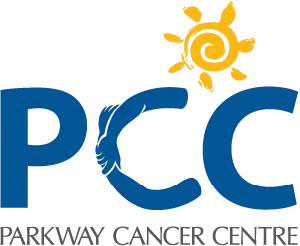News & Articles

Gyrokinesis: A Breath-Led Movement for Cancer Recovery

As a certified trainer working with cancer survivors, I have seen how this breath-led movement method helps ease pain, fatigue and anxiety — offering a more holistic path to recovery.
THROUGH TEACHING GYROKINESIS, I have seen how this breath-led movement method helps individuals rebuild strength, regain mobility and reconnect with their bodies after cancer treatment. As a certified trainer, I work with survivors facing challenges ranging from stiffness and pain to fatigue.
This practice unfolds like a graceful dance, with spirals, arches, curls and waves flowing rhythmically to mobilise the spine. Unlike conventional exercise programmes that focus on static poses or repetitive drills, Gyrokinesis moves in harmony with deep, intentional breathing — helping to boost oxygen flow, an important element in healing and recovery.
This combination of breath and movement also stimulates the lymphatic system and improves circulation, helping to open detoxification pathways, and supporting healing and immune function. Deep breathing activates the parasympathetic nervous system, which promotes rest, digestion and emotional regulation. By reducing stress, boosting mood and fostering relaxation, the practice supports overall well-being and aids recovery.
Many clients are initially hesitant to move while undergoing or recovering from cancer treatment. However, regular physical activity — especially gentle, breath-led practices like Gyrokinesis — plays a crucial role in supporting recovery. Research shows that maintaining physical activity may even improve survival rates by 50 to 60 per cent, particularly for breast, colorectal and prostate cancers.
Physical and Emotional Benefits
Gyrokinesis was developed by professional dancer Juliu Horvath as a method to recover from his injuries. I often explain to new clients that Gyrokinesis is different from yoga or pilates. While yoga emphasises static poses and pilates targets core strength through linear exercises, Gyrokinesis engages the body’s fascia — the connective tissue that supports muscles, joints, bones, nerves and organs — through spiral movement and breath.
These continuous movements help hydrate and mobilise the fascia, improving elasticity and reducing stiffness. They follow the body’s natural range of motion, allowing joints and ligaments to move freely without strain.
Moreover, the lymphatic system, which plays a crucial role in immune function and detoxification, relies on wave-like motions to circulate lymph fluid throughout the body. The rhythmic, undulating movements characteristic of Gyrokinesis mirror this natural flow, potentially enhancing lymphatic circulation and supporting the body’s detoxification processes.
Because the fascia and lymphatic system are interconnected, mobilising the fascia through Gyrokinesis further stimulates lymphatic flow, strengthening immune function and overall healing. This makes Gyrokinesis not only beneficial for physical mobility but also a powerful practice for supporting immune health and recovery — particularly crucial in cancer recovery, where detoxification and immune resilience are essential.
Performed on a mat or chair, gyrokinesis is low-impact and highly adaptable. It supports joint stability, eases muscular discomfort and improves mobility, while contributing to overall well-being. A 2025 study published in the Journal of Exercise Rehabilitation found that Gyrokinesis significantly reduced fatigue and improved sleep in sedentary adult women.
In my experience, many participants also feel calmer, more present and less anxious after just a few sessions. This reflects broader research: A 2025 meta-analysis published in JAMA Network Open found that mind-body practices combining breath, focus and movement may reduce symptoms of anxiety and depression more effectively than conventional exercise.
A Growing Role in Rehabilitation
Gyrokinesis is increasingly recognised as a valuable therapeutic approach in cancer rehabilitation. Since June 2023, I have been leading classes through a collaboration between CanHOPE — a non-profit cancer counselling and support service by Parkway Cancer Centre — and idō Studio SG.
Sessions are held in a welcoming, accessible environment. We begin with gentle spinal movements and breathwork to ease tension and encourage circulation, with all movements adapted to suit each individual's needs. Thanks to its adaptable format, Gyrokinesis complements other rehabilitative therapies and offers a more holistic path to recovery.
Cancer recovery is never one-size-fits-all. But for many
survivors, Gyrokinesis offers a way to move without fear, supports deep breathing and helps them reconnect with
their bodies — one spiral, one wave at a time.
Ms Edna Kong is a licensed Gyrotonic and Gyrokinesis trainer with over 15 years of experience in movement practice, and the first in Singapore to be certified in Gyrotonic Applications for Breast Cancer. She leads weekly movement classes at idō Studio SG, creating a safe, supportive space for individuals in recovery and beyond to reconnect with their bodies, and rebuild their strength and confidence.
HOW TO BEGIN
How to begin: Look for certified Gyrokinesis practitioners trained in cancer rehabilitation. Learn more about CanHOPE's Gyrokinesis programme at www.canhope.org/support-programmes.| POSTED IN | Life after Cancer |
| TAGS | cancer & exercise, cancer pain management, cancer survivor events, cancer survivorship, fatigue |
| PUBLISHED | 01 June 2025 |
